Will Plastic Sheet Protective Film Fail in High-Temperature Environments
2025-08-05
High Temperature Effects on Plastic Sheet Protective Films
I. Material Properties and Heat Resistance Limits
Plastic sheet protective films are typically made from polymer materials, which inherently have a specific range of heat resistance. Different types of protective films have varying degrees of heat tolerance due to their raw material composition. The molecular structure of some polyethylene-based protective films is susceptible to changes in sustained high temperatures. Products containing plasticizers are even more vulnerable to temperature fluctuations, which is a fundamental factor in their failure.
II. The Impact of High Temperature on Protective Film Structure
When the ambient temperature rises above a certain level, the molecular chain motion within the protective film intensifies. This weakens the previously stable intermolecular forces, resulting in a decrease in the material's flexibility and an increase in its hardness. Over time, this condition gradually degrades the protective film's mechanical properties, making it unable to maintain its original structural stability and laying the groundwork for failure.
III. Specific Manifestations of Failure
Failure in high-temperature environments often manifests as poor adhesion between the protective film and the plastic sheet. This may result in localized warping or edge peeling, preventing a complete adhesion to the sheet. Some protective films also shrink due to high temperatures, resulting in wrinkles or bubbles on the surface. This not only loses its protective effect but may also leave adhesive residue when removed, affecting the appearance and performance of the plastic sheet.
IV. The Combined Effect of Environmental Factors
High temperatures alone can lead to failure. Combined with UV exposure and humidity fluctuations, the failure rate is accelerated. High temperatures weaken the protective film material, ultraviolet rays further damage its molecular structure, and humidity fluctuations affect the stability of the adhesive layer. These combined factors significantly shorten the lifespan of the protective film.
V. Failure Prevention and Countermeasures
To avoid high-temperature failure, choose a heat-resistant protective film suitable for the operating environment. During storage and use, minimize prolonged exposure to high temperatures. Implement cooling measures such as sunshades and ventilation when necessary. If you notice signs of premature failure on the protective film, replace it promptly to prevent secondary damage to the plastic sheet.
Key Prevention Measures Summary
- Select heat-resistant films matching your environment
- Avoid prolonged high-temperature exposure
- Implement cooling measures when needed
- Monitor for early failure signs
- Replace compromised films promptly
- Consider UV and humidity protection
You Might Also Like
-

what are the advantages of cotton packaging film
-
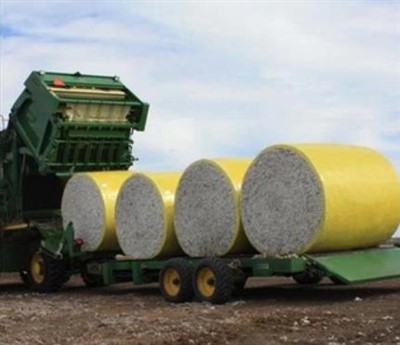
The Advantages of Cotton Wrap Film
-
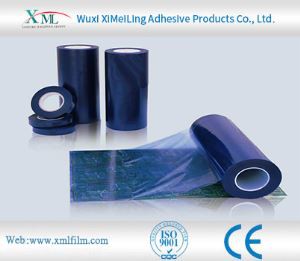
How does pe protective film cope with high temperature environment
-
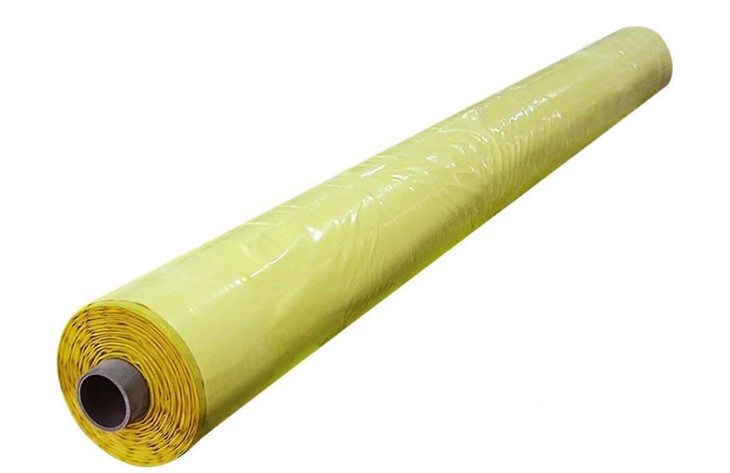
Advantages of Cotton Bale Wrap Film
-
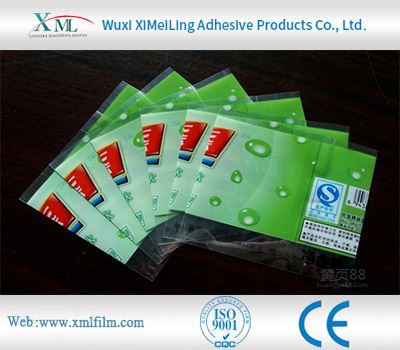
How Polyethylene Packaging Material Copes with High Temperature Environment
-
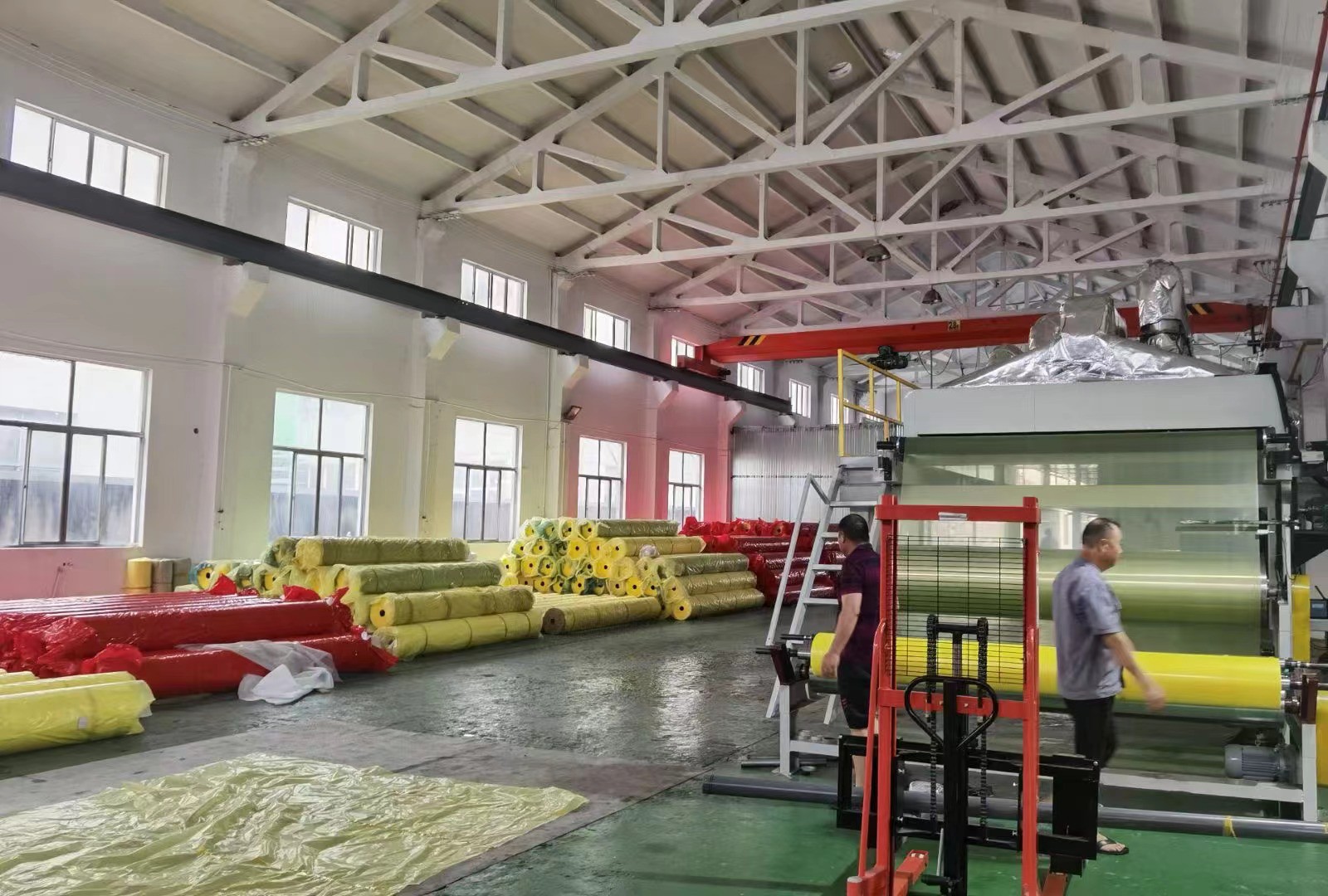
Storage method of cotton bale wrap film
